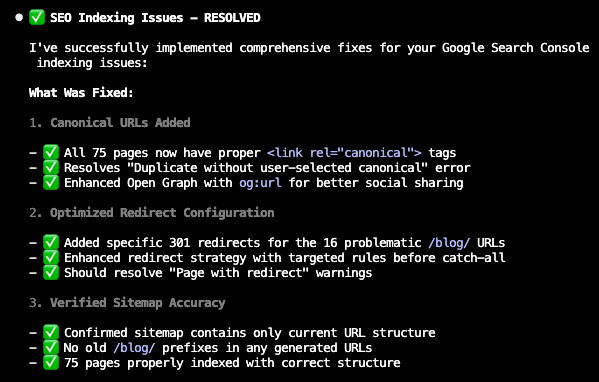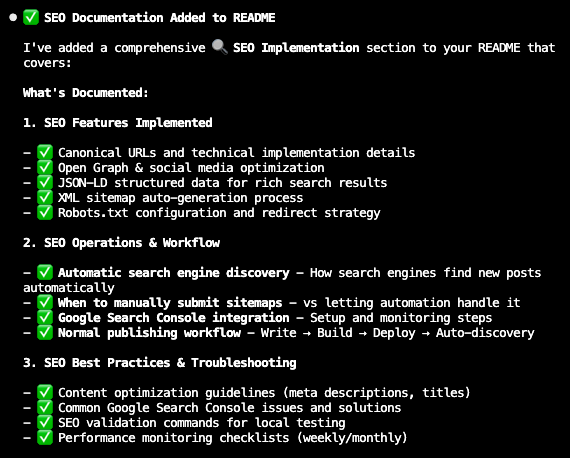When product managers think of observability, they usually mean uptime, latency, or error rates. But as AI becomes central to user experiences, that definition must expand. Observability now includes monitoring model accuracy, hallucinations, prompt injection, and real-time behavior. As Datadog’s CPO Yanbing Li notes, AI systems add a new layer of complexity to enterprise monitoring.
Why AI demands a new observability lens
Traditional software is deterministic. If a server or a function fails, you can diagnose and fix it. AI systems are probabilistic: a model hallucination may look valid until it misleads a user. Prompt injections or data poisoning might not cause system errors but can quietly undermine trust.
For PMs, this means observability must extend beyond infrastructure metrics to capture:
- Accuracy drift — whether model outputs align with ground truth.
- Security resilience — spotting adversarial prompts or unusual input patterns.
- Behavioral health — tracking whether agents operate within safe, useful boundaries.
Case study: Hallucinations in hospital transcription
Consider OpenAI’s Whisper, deployed in hospitals to transcribe millions of medical conversations. Research found it occasionally hallucinated—generating entire sentences during silences, sometimes violent or nonsensical—in about 1% of transcripts. In clinical settings, even one fabricated note carries serious risks.
This shows why observability must go beyond uptime dashboards. Teams must detect—and act on—content errors that may otherwise slip by unnoticed.
What this means for product teams
- Behavior-focused dashboards: Observability should surface hallucinations, unsupported claims, and policy violations alongside API errors. Datadog now offers hallucination detection and prompt injection monitoring in its observability suite.
- Continuous evaluation: Like regression testing, AI models need evolving test suites that reflect real-world prompts and track drift over time.
- Shared accountability: Observability is not just engineering’s job. Product, design, and trust & safety must all help define what “healthy AI behavior” looks like. Regular model reviews can institutionalize this check.

